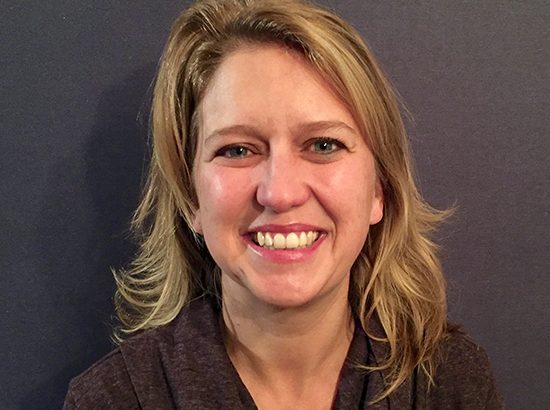
Mathematizing: Striving for Inclusion Through Quality and Creative Math Instruction Interview with Dr. Rachel Lambert, Assistant Professor in the Attallah College of Educational Studies, Chapman University
November 22, 2017
Dr. Rachel Lambert is an Assistant Professor in the College of Educational Studies at Chapman University. Her scholarly work investigates the intersections between disability studies in education and mathematics education. She has conducted longitudinal studies of how learners with and without disabilities construct identities as mathematics learners, and how mathematical pedagogy shapes disability. Dr. Lambert discusses her work below and her passion for making math accessible for all students.
Why did you create it your website MATHEMATIZING 4ALL? https://mathematizing4all.wordpress.com/category/neurodiversity/?
I created the website so that I could share developing ideas that were relevant to teachers and others working with students with disabilities in mathematics. There are very few resources for those who wish to teach open-ended problem solving with students with disabilities. It also allows me to write about ideas that I am still working on, and may not write a whole paper on. An example is the post on the difference between CRA (concrete representational abstract) and other forms of math instruction.
Part of your teaching encompasses Disability Studies in Education (DSE); tell us more about DSE.
Disability Studies in Education is a theoretical framework that questions the dominance of the medical model to understand learners with disabilities in schools. We add additional models of disability, such as social, sociopolitical and cultural. As a field, we privilege the research done by and with people with disabilities.
How can DSE change the perceptions of learners with disabilities in our schools and end the marginalization of students’ in Special Education?
It begins with teachers. I find that many teachers are looking for new ways to view their students with disabilities, and are dissatisfied with the status-quo in education.
What policies are required for change to occur?
Additional funding and lots of quality professional development around inclusive practices.”
In regard to your paper with Dr. Trisha Sugita (fellow faculty @ Chapman University), Increasing engagement of students with learning disabilities in mathematical problem-solving and discussion, how do we make this information come alive?
How can teachers introduce this to their students and make mathematical learning more accessible?
Lots of math teachers use notebooks. If they allow students the choice to communicate to them through the notebook, that will be a better avenue for some students. Not all, which is why flexibility and choice are such important aspects of Universal Design for Learning.
In what ways can teachers engage their students in the classroom?
By making sure the curriculum is accessible and engaging. I recommend a problem-based curriculum in which students spend most of their time solving challenging problems in groups. Teachers need to structure small group work so that it is equitable, and all students participant. Teachers need to invite all students to participate in whole group discourse. In my study with Mary Foote, we found that some students with IEPs needed additional support to begin sharing their mathematical thinking with their peers, and gradually became much more independent. You need to invest in the kids to get full participation!
Final Question: Where and how do you see education progressing?
Towards appreciation and respect for individual differences, while at the same time providing additional avenues for collaboration and community. I hope so at least!